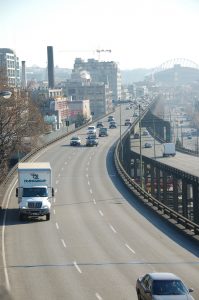Construction workers in road/highway work zones are at a significant risk of fatal and nonfatal injury. According to The Bureau of Labor Statistics, U.S. Department of Labor, in 2017, 132 construction workers died in work zone related accidents in the Unites States. Additionally, the Bureau of Labor Statistics estimated that in 2016 there were 158,000 non-fatal work zone injuries in the Unites States.
Construction workers are at an equal risk of injury and death both from passing motorists and from construction vehicles and equipment operating within the road/highway work zone. Furthermore, workers operating construction equipment in work zones are also at a risk of injury and death from the overturn of equipment, equipment collisions, or being caught in between equipment.
Both construction workers and passing motorists can take steps to ensure construction worker safety in road/highway work zones. Construction workers can take the following measures to reduce their risk of injury or death: 1) Use temporary traffic control devices and communicate clearly with motorists; 2) Illuminate the work zone during evening and night hours; 3) Wear high-visibility and reflective apparel to increase worker visibility; 4) Participate in safety training in order to be aware of common hazards and prevention measures.
 Seattle Injury Lawyer Blog
Seattle Injury Lawyer Blog










